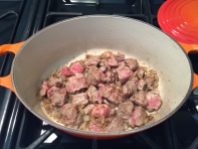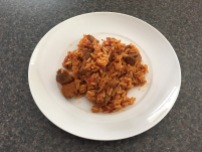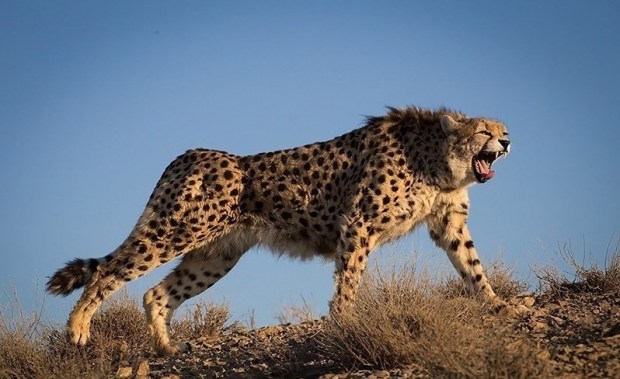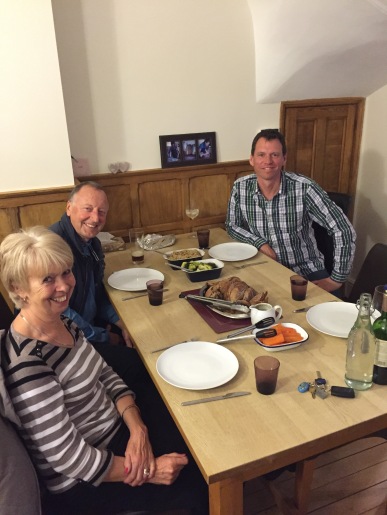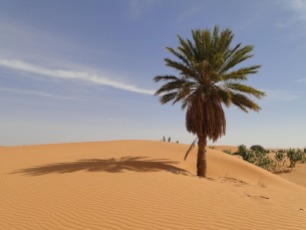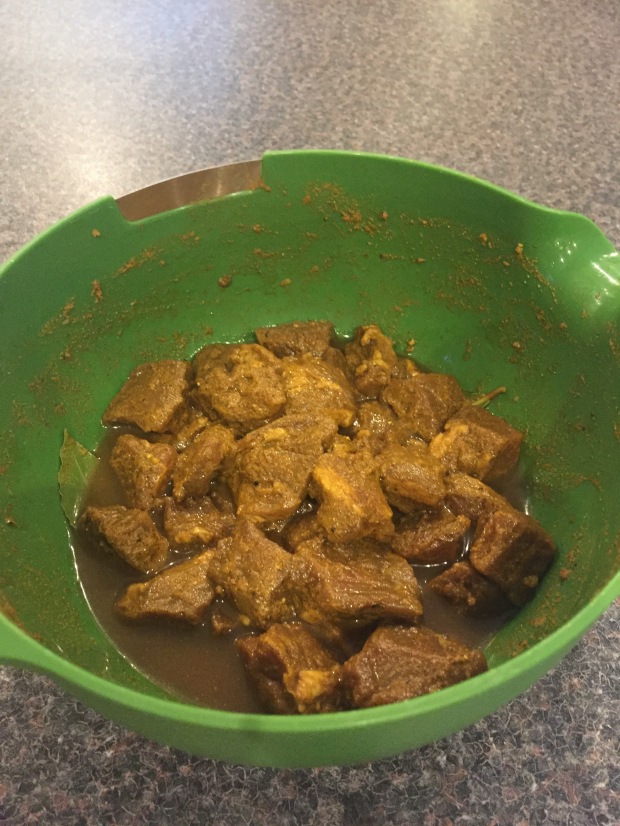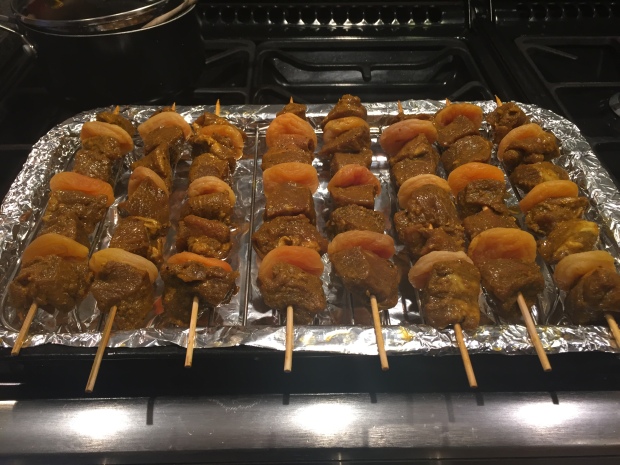Djibouti, on the Horn of Africa, is a country of dry shrublands, volcanic formations and Gulf of Aden beaches. It is a small country, occupying a total area of just 8,958 sq m. Djibouti is strategically located near some of the world’s busiest shipping lanes, controlling access to the Red Sea and Indian Ocean, serving as a key refueling and transshipment centre. It is home to one of the saltiest bodies of water in the world, the low-lying Lake Assal, in the Danakil Desert. The Djibouti firm Salt Investment (SIS) began a large-scale operation to industrialise the lake, with an annual capacity of 4 million tons, the desalination project has lifted export revenues, created more job opportunities, and provided more fresh water for the area’s residents.
76% of the population live in the capital, Djibouti City, which is also the principal tourist destination for visitors. Places to explore in the city include Place Ménélik in the European Quarter, Place Mahmoud Harbi (Place Rimbaud) in the African Quarter, L’Escale marina, Église Éthiopienne Orthodoxe Tewahido St Gabriel du Soleil and Les Caisses Market.
Despite it’s small size, there are plenty more highlights for the visitor. From the ancient Juniper forests in the Day Forest National Park to snorkelling alongside whale sharks in the Gulf of Tadjoura, feeling the eerie atmosphere at Obock’s Ras Bir Lighthouse and the calmness of Moucha coral Island. It is a melting pot of weird landscapes.
Djiboutian cuisine consists of a mixture of Somali, Afar, Yemeni, and French cuisine, with some additional South Asian influences. Popular dishes include Sambusa (Samosas), Fah-Fah (Soupe Djiboutienne), Yetakelt W’et (Spiced Vegetable Stew), Lahoh (pancake like bread), Garoobey (porridge), Xalwo (halva confection) and Banana fritters. I made Djibouti’s national dish – Skoudehkaris (spiced lamb stew) which was very simple and full of interesting flavours.
Rating: 8/10
Serves: 2
Prep time: 5 minutes
Cook time: 1 hour
300g lamb, cubed
1 onion, chopped
1 tbsp vegetable oil
1/2 tsp cumin
4 cloves
1/2 tsp cardamom
1/8 tsp cayenne
1/4 tsp cinnamon
1 /214 oz can diced tomatoes
1 /2 cup water, plus extra as needed
1/4 cup long-grain rice
salt & pepper
Add the vegetable oil, onions, cumin, cloves, cardamom, cayenne, and cinnamon to a medium pan with lid and cook until soft and fragrant
Add the lamb and brown it a little
Add the tomatoes, 1/4 cup of water, salt & pepper
Cover and simmer for 45 minutes
Add the rice to pan and 1/4 cup of water
Cover and simmer for a further 15 – 20 minutes, until the rice is cooked





